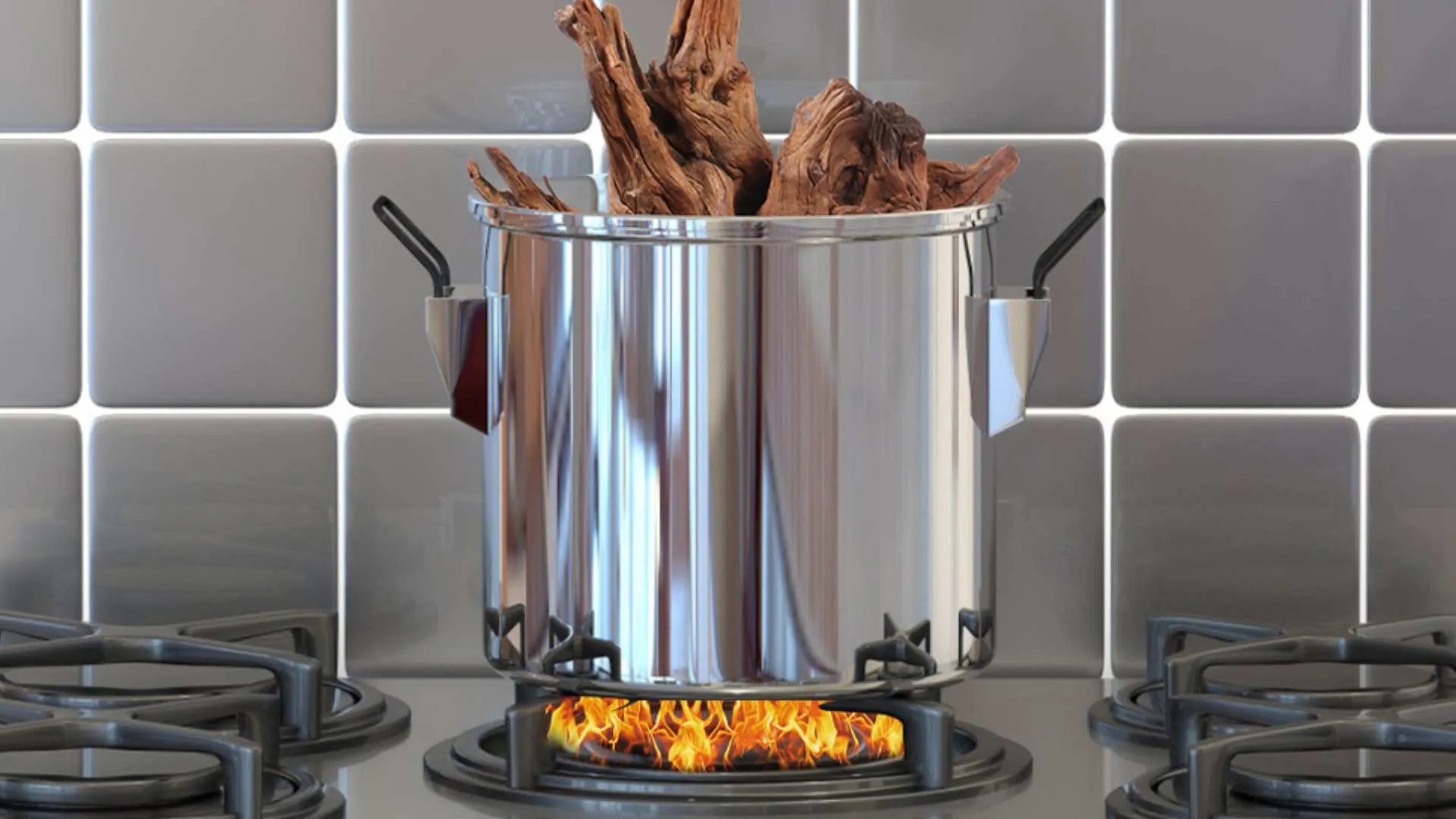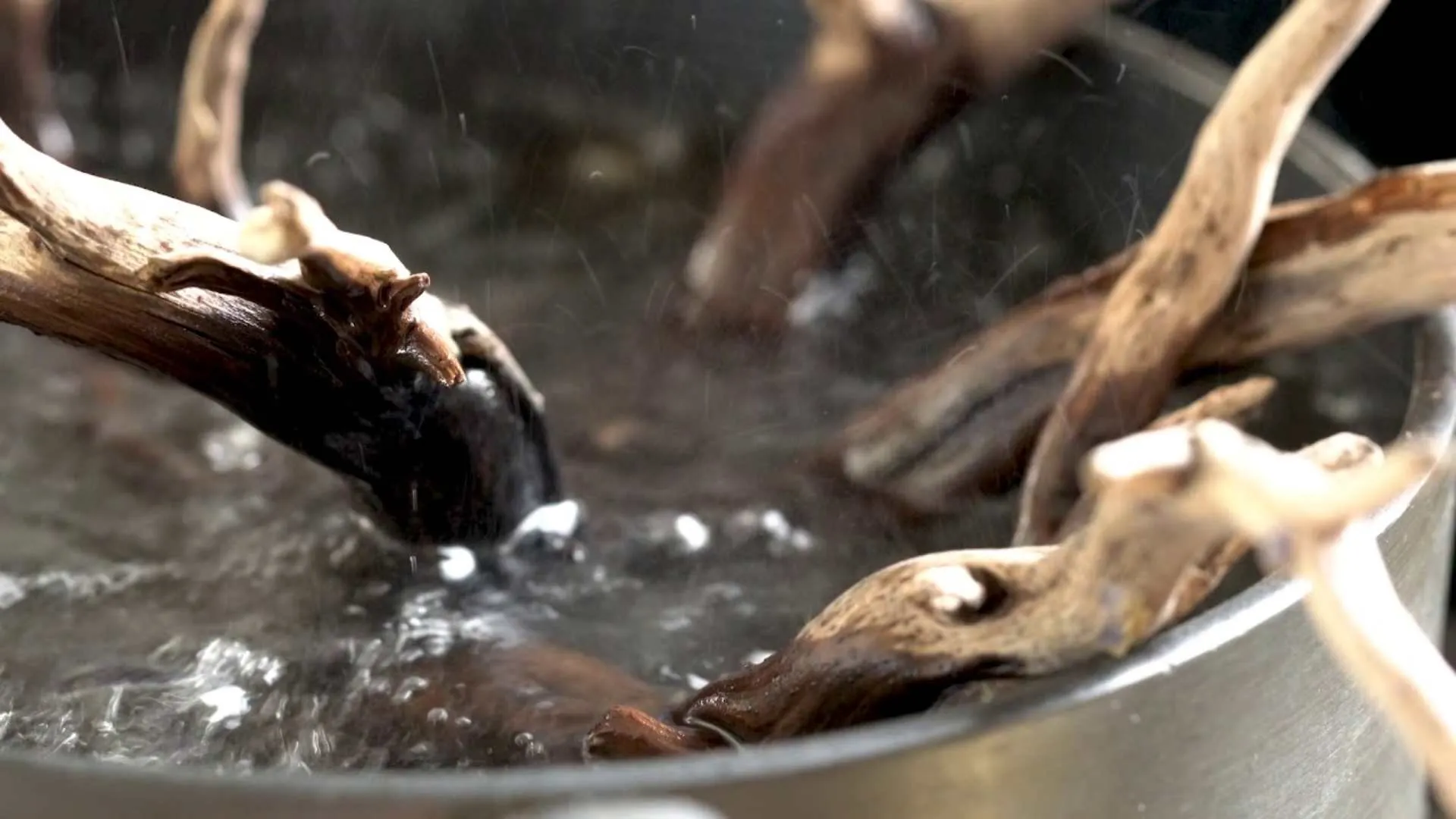How to Easily Boil Driftwood for Your Aquarium
POSTED ON FEB 13, 2024

Image Source: Amazon.com
Driftwood adds natural beauty to aquariums while also providing hiding spots and surfaces for beneficial bacteria to colonize. However, before adding driftwood to your tank, it's essential to properly prepare it to avoid introducing harmful substances or organisms into your aquatic environment. In this comprehensive guide, we'll walk you through the easy steps to boil driftwood for your aquarium, ensuring a safe and enriching habitat for your fish.
Understanding the Importance of Boiling Driftwood
Boiling driftwood serves several crucial purposes in aquarium maintenance. Firstly, it helps to remove tannins, which can discolor the water and lower its pH. Additionally, boiling eliminates any potential parasites, bacteria, or fungi present on the wood's surface, safeguarding the health of your aquarium inhabitants.
Selecting the Right Type of Driftwood
Not all types of driftwood are suitable for aquarium use. It's essential to choose driftwood that is safe for your aquatic environment and won't release harmful substances into the water. Opt for hardwood driftwood varieties such as oak, maple, or cherry, as these are less likely to rot or decay in your tank.
Preparing the Driftwood for Boiling
Before boiling, thoroughly clean the driftwood by scrubbing it with a brush to remove any dirt or debris. Rinse the wood under running water to ensure it's free from contaminants that could pollute your aquarium. Once cleaned, inspect the driftwood for any signs of damage or decay, removing any soft or rotten areas.
Easy Steps to Boil Driftwood for Your Aquarium

1. Fill a Large Pot with Water: Choose a pot large enough to accommodate the size of your driftwood pieces and fill it with enough water to fully submerge the wood.
2. Bring the Water to a Boil: Place the pot on the stove and bring the water to a rolling boil.
3. Add the Driftwood: Carefully add the cleaned driftwood to the boiling water, ensuring it is fully submerged.
4. Boil the Driftwood: Allow the driftwood to boil for at least 1-2 hours, depending on its size and thickness.
5. Monitor the Water: Throughout the boiling process, keep an eye on the water level, adding more if necessary to prevent the pot from boiling dry.
6. Remove the Driftwood: Once boiled, carefully remove the driftwood from the pot using tongs or a slotted spoon.
7. Cool and Rinse: Allow the boiled driftwood to cool completely before rinsing it thoroughly under running water to remove any remaining debris or residue.
8. Inspect for Readiness: After rinsing, inspect the driftwood to ensure it's clean, odor-free, and free from any signs of damage.
9. Soak if Necessary: If the driftwood still releases tannins or discolors the water after boiling, soak it in a separate container of water until the discoloration subsides.
10. Introduce to Aquarium: Once fully prepared, you can safely introduce the boiled driftwood to your aquarium, creating a natural and enriching environment for your fish.
Expert Tips for Boiling Driftwood
• Use Distilled Water: Boiling driftwood in distilled water can help minimize the release of tannins and reduce water discoloration.
• Patience is Key: Boiling driftwood is a gradual process, so be patient and allow sufficient time for the wood to thoroughly cleanse and sanitize.
FAQ’s
- How often should I boil driftwood for my aquarium?
Boiling driftwood is typically done as part of the initial preparation process before introducing it to your aquarium. Once adequately boiled and prepared, driftwood should not require frequent re-boiling unless it becomes heavily soiled or contaminated.
- Can I use bleach to clean driftwood instead of boiling?
hile bleach can effectively sanitize driftwood, it's not recommended for aquarium use as residual bleach can harm aquatic life. Boiling is a safer and more aquarium-friendly method for preparing driftwood.
- Will boiling driftwood kill beneficial bacteria?
Boiling driftwood may eliminate some beneficial bacteria on the wood's surface; however, beneficial bacteria will naturally recolonize the wood once it's introduced to the aquarium environment.
- How long should I soak driftwood after boiling?
The soaking duration depends on the severity of tannin release and water discoloration. Monitor the water during soaking and change it regularly until the tannins subside.
- Can I use driftwood found in nature for my aquarium?
While natural driftwood can be used, it requires thorough cleaning and preparation to ensure it's safe for aquarium use. Always avoid driftwood from areas with potential contamination or pollutants.
- Will boiled driftwood float in my aquarium?
Boiling driftwood helps to remove air pockets, reducing the likelihood of it floating in your aquarium. However, some pieces may still initially float until they become waterlogged.
Conclusion
Boiling driftwood is a vital step in preparing it for aquarium use, ensuring the health and safety of your aquatic pets. By following the easy steps outlined in this guide, you can effectively cleanse and sanitize driftwood, creating a natural and enriching environment for your fish to thrive. Remember to choose hardwood driftwood varieties, clean and inspect the wood thoroughly, and be patient throughout the boiling process. With proper preparation, you can enjoy the aesthetic beauty of driftwood in your aquarium while maintaining a safe and healthy habitat for your aquatic companions.
ARE YOU INTERESTED IN DRIFTWOOD DECOR?
If you have projects that need driftwood ideas, don't hesitate to contact us.
© 2023 DB Texas Driftwood Artists
